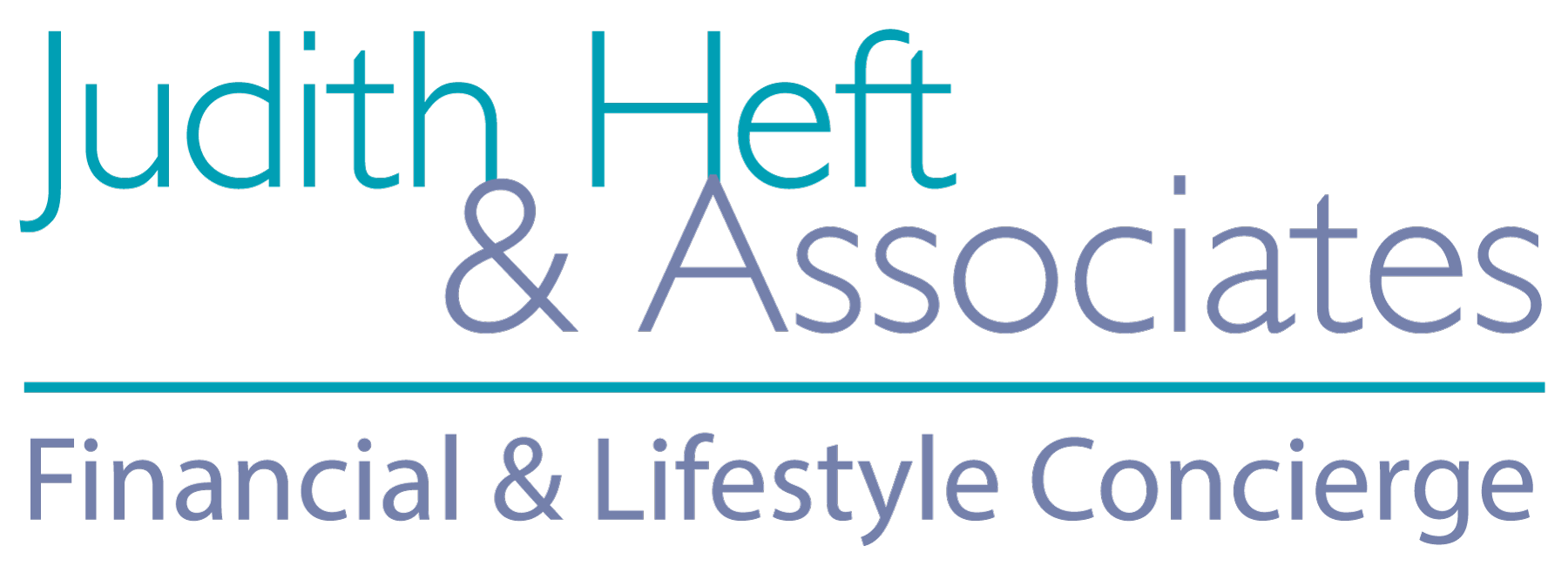Many borrowers who are set to begin repaying their student loans on September 1st will find that the landscape has changed significantly. The administration’s new Saving on a Valuable Education (SAVE) plan seeks to make it at least possible for cash-strapped borrowers to stay out of default.
It’s a complicated topic with no less than three websites trying to explain it, so I made some bullets to make the major points more digestible:
- The percentage of your income that is “up for grabs” has been halved from 10% to 5%. That means that under the SAVE plan, your payments for undergraduate loans will be no more than 5% of your discretionary income.
- The income of a borrower’s spouse will no longer be used against the borrower. In the past, both incomes were included in the calculations for income-dependent repayment (IDR) plans like SAVE.
- The plan will take your hourly wages into account. Anyone making $15 per hour or less will have a $0 monthly payment.
- Interest will no longer be added to the principle for those who qualify for the SAVE plan. That’s because the Department of Education pays the interest instead. Pretty cool.
- Many borrowers — including middle-income households — will have a monthly payment of $0 under the plan’s guidelines.
- Recertifications for these programs will be done automatically.
- The Department of Education has new rules about reporting borrowers in default to credit agencies — including a 12-month grace period after loan repayments restart next month.
- The SAVE program has an eye toward forgiveness in the future. The plan envisions that loans will be forgiven after 10 years of repayment.
With this new program, you may actually be able to pay more than the amount due every month. Is that a wise move? Well, it depends. Contact us to learn more.


Recent Comments